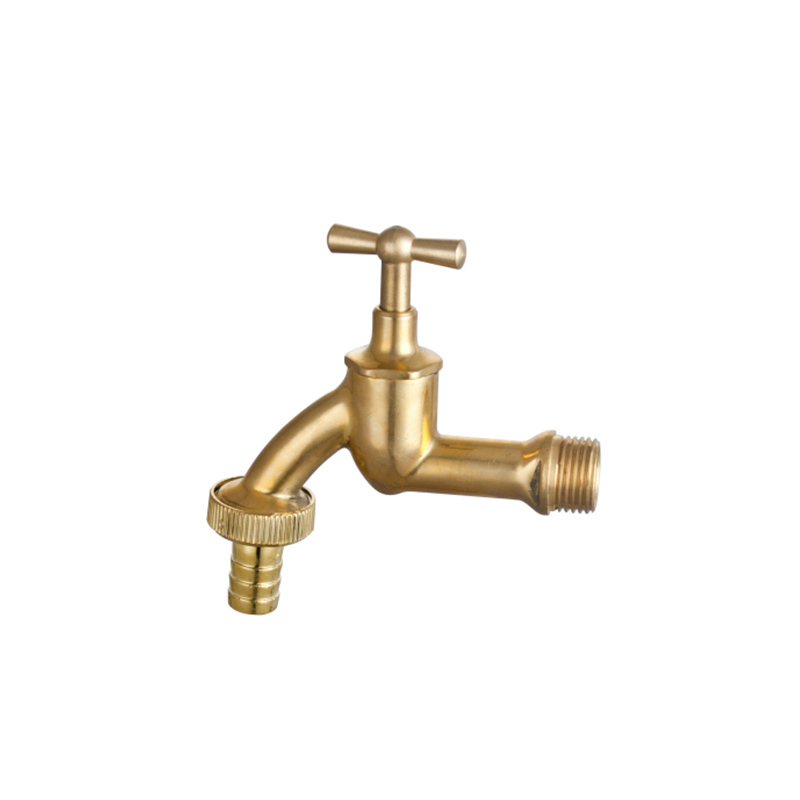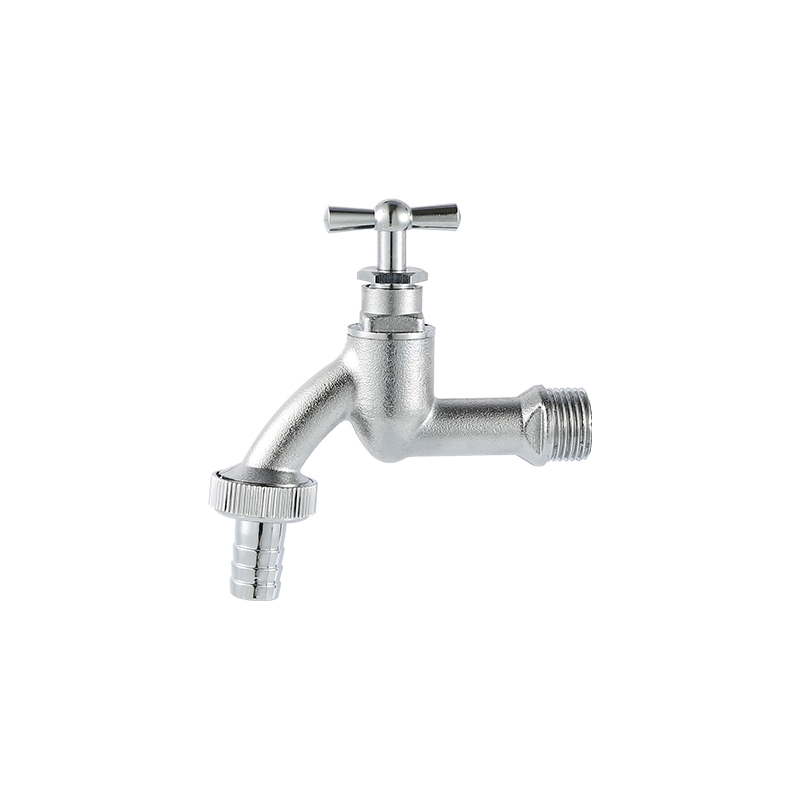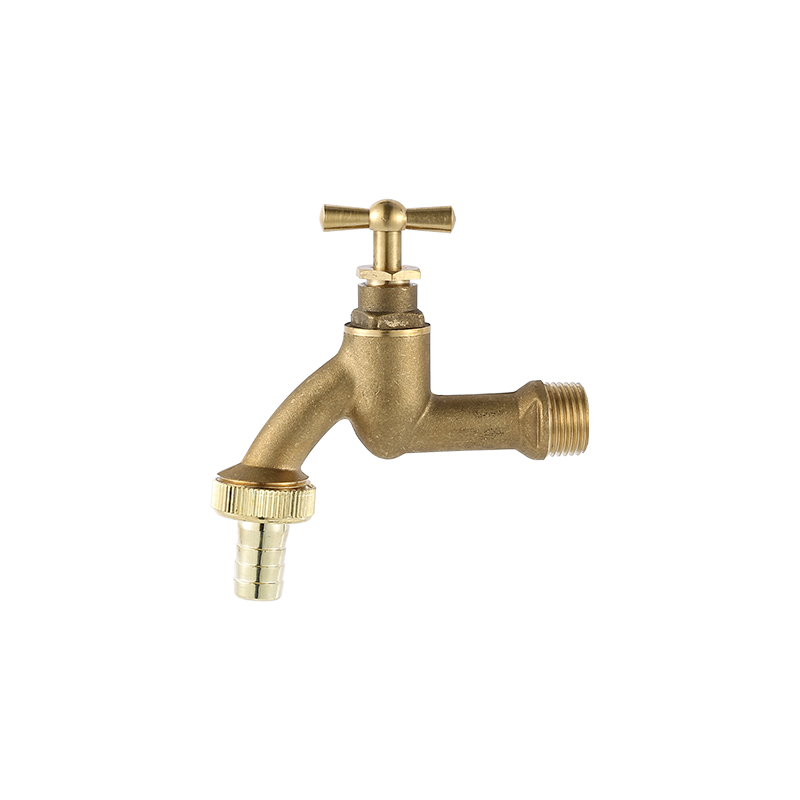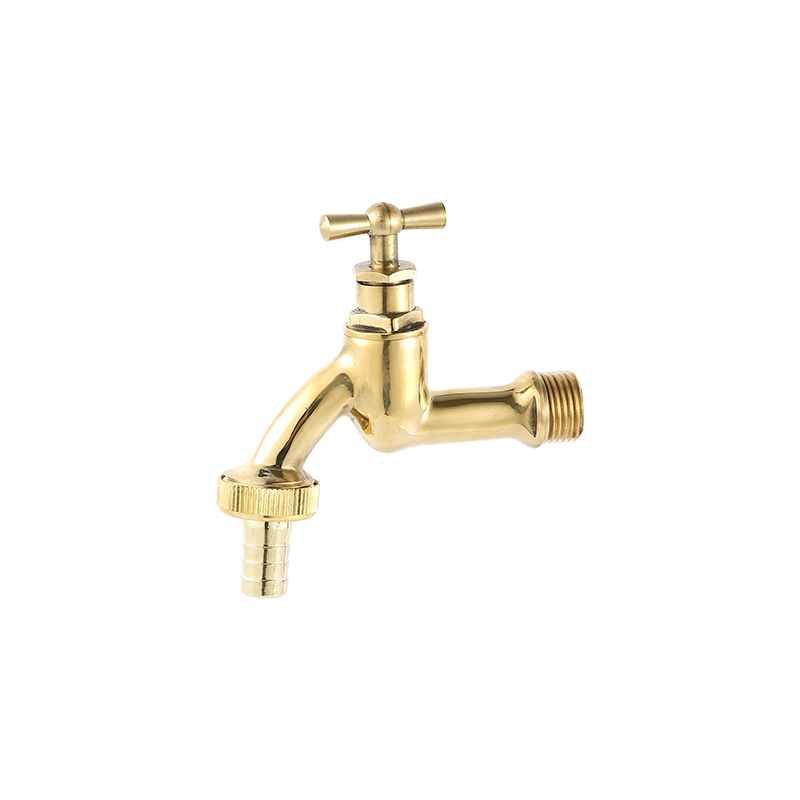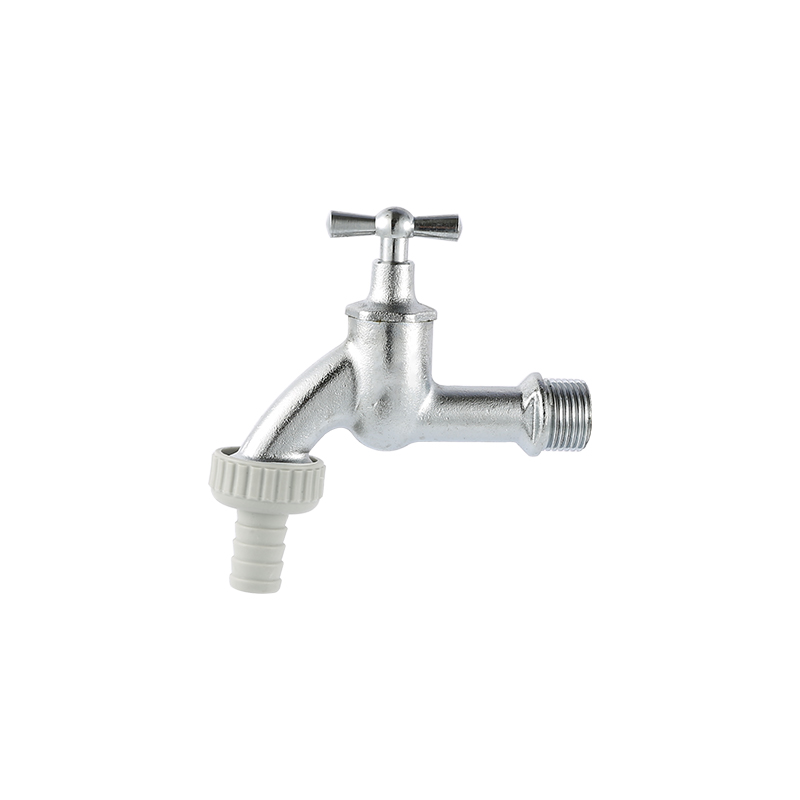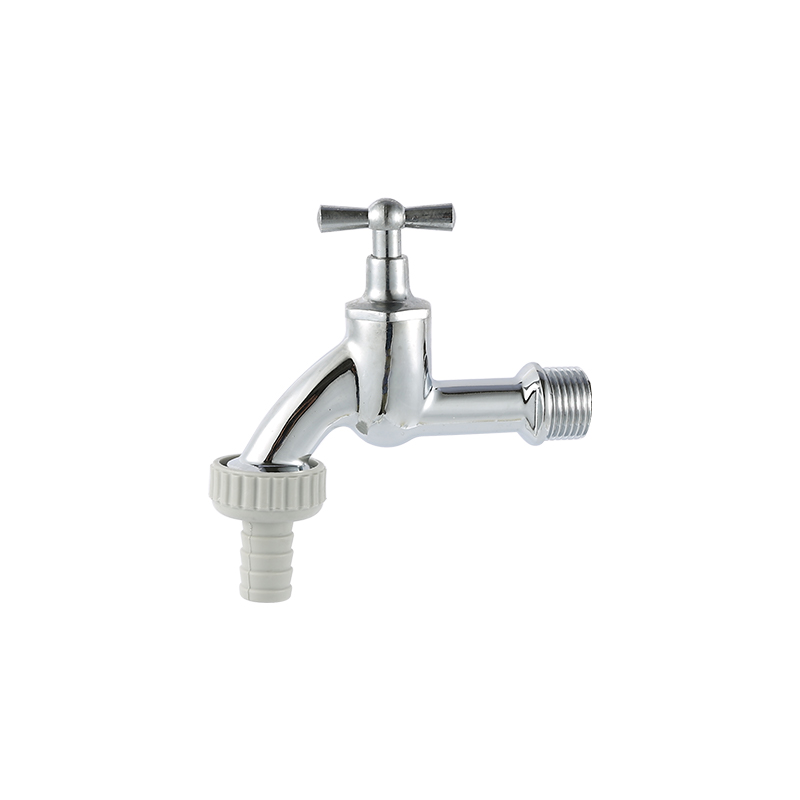High temperature ball valve sealing structure
1. The high temperature ball valve has low fluid resistance, easy operation, quick opening and closing, good sealing performance and reliability, and can be used in petrochemical, long-distance pipeline and urban heating industries. widely used.
2. The material of the high temperature ball valve seat is made of PTFE (or filled with PTFE), which is called soft sealing ball valve, and its working temperature does not exceed 200°C.


3. The material of the valve seat is metal, which is called hard sealing ball valve or high temperature ball valve, and the working temperature is 350°C or higher. In order to meet the needs of high temperature working conditions, domestic and foreign ball valve manufacturers have optimized the sealing structure of high temperature ball valves to significantly reduce the opening and closing torque of the ball valve, significantly prolong its service life, and significantly improve its working performance. It has been improved to.
V type high temperature ball valve
High temperature ball valve sealing characteristics
1. The sealing characteristics of high temperature ball valves are mainly the use of metal sealing pairs. High temperature ball valves are suitable for a wide temperature range. The thermal expansion coefficients of the various metals are not significantly different. As long as it is chosen correctly, it is basically consistent. Adjust the temperature difference deformation.
2. The disadvantage of high temperature ball valve seals is that the material is hard and the specific pressure required for the seal is high. Due to the high specific pressure of the seal, even if the seal is sealed with preload, the seat and ball will be severely worn. In addition, since the friction coefficient of the metal sealing surface is large, the opening and closing torque of the ball valve increases. Therefore, most thermal ball valves use elastomeric seal pairs with reliable performance, strong elastomeric compensation and a wide applicable temperature range, making them suitable for both floating and fixed ball valves.
3. Due to the action of pre-tightening force and hydraulic pressure, the valve seat and the ball are compressed, and the sealing surface of the valve seat is deformed and sealed. The sealing effect depends on the well-compensated ball roundness and micro-uniformity of the valve seat under the action of fluid pressure and preload.


 English
English 中文简体
中文简体
